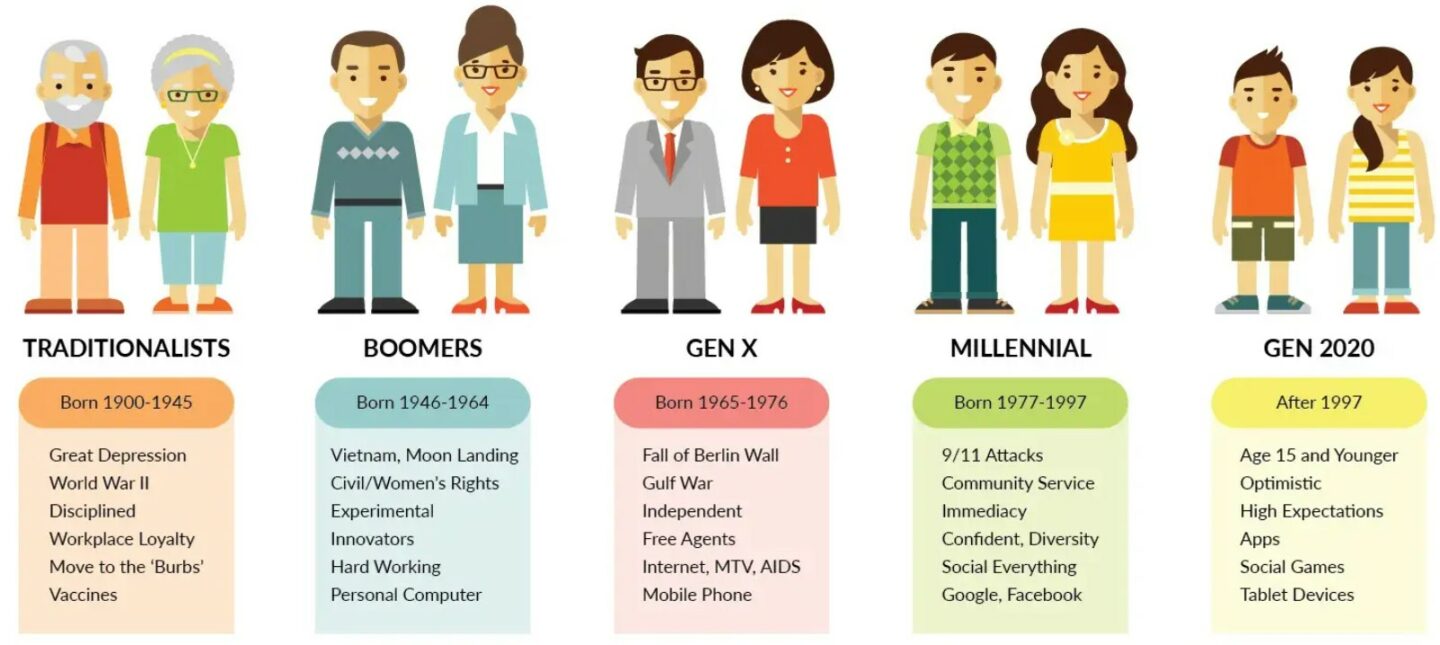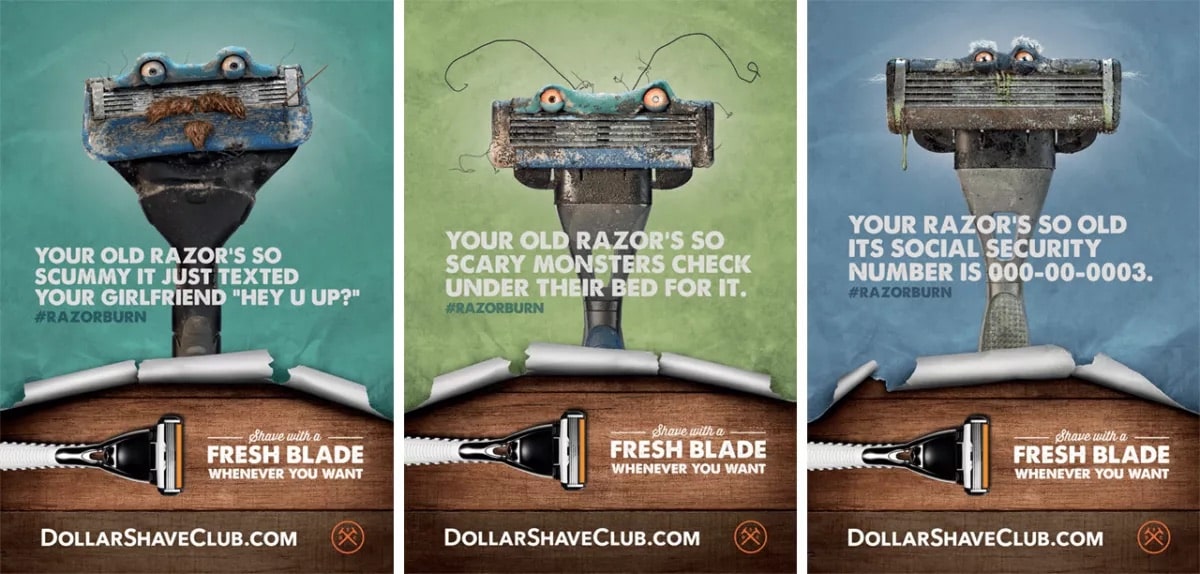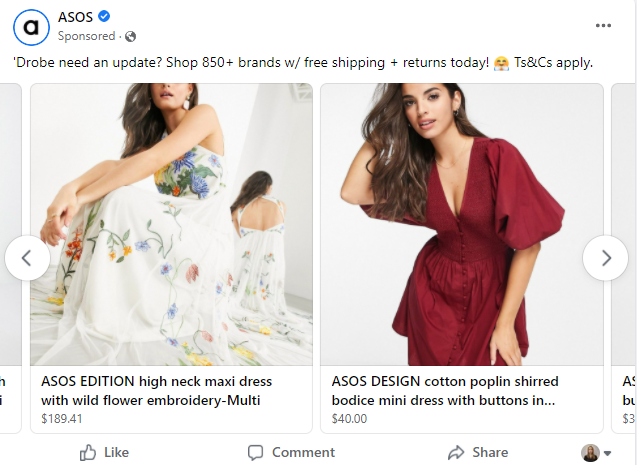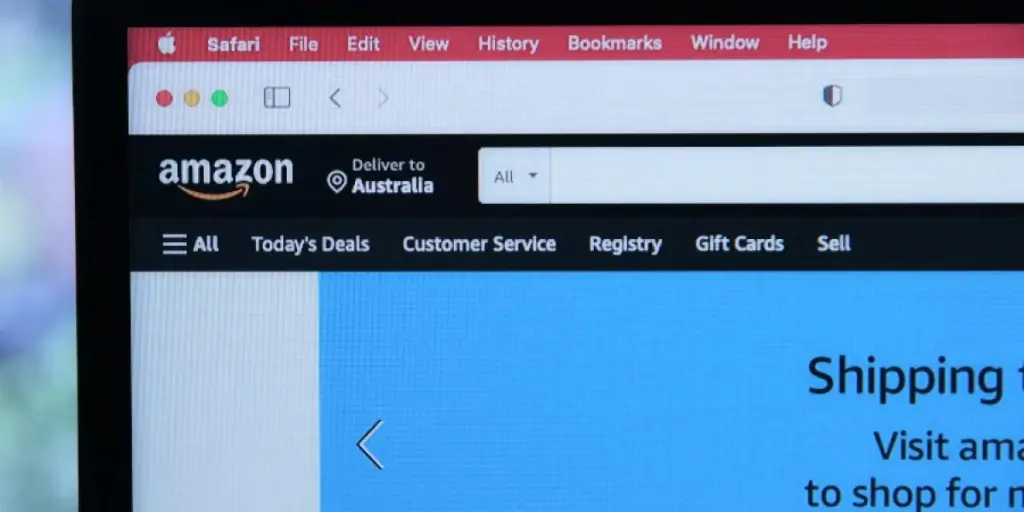Demographic segmentation is an easy way to group customers based on shared characteristics. These include factors like age, income, nationality, gender, and so on.
This is useful in marketing as you can tailor your messages for different segments, based on their needs and preferences.
Personalized marketing helps you better connect with your prospects and build lasting relationships. This, in turn, can boost customer retention and loyalty.
Still not convinced about the value of demographic segmentation for marketing?
Read this detailed guide to learn the different types of demographic segments, its benefits, and real examples of brands using it.
Let’s get started.
What is demographic segmentation?
Demographic segmentation means grouping customers based on shared demographic traits, then engaging each group with targeted and personalized marketing.This level of personalization fosters strong customer relationships, boosting engagement and conversion rates. Because it is much more relevant to the recipients, it is more effective than a one-size-fits-all marketing approach.
Let’s look at some segmentation variables you can use for ecommerce marketing.
Demographic segmentation variables
There are many demographic variables to choose from. Let’s discuss the most common ones marketers use for ecommerce personalization.
Age
This involves grouping customers into different segments based on their age. Some common categories include children, adolescents, adults, and senior adults.
Another way to segment based on age is to classify groups by generation. Some popular classifications include:
- Baby Boomers: Born 1946-1964
- Generation X: Born 1965-1979
- Millennials: Born 1980-1994
- Generation Z: Born 1995-2012
People within different age groups have different life experiences, lifestyles, and preferences. You can use that to create detailed buyer personas for personalized marketing.
Here’s an age-based demographic segmentation example explaining various generations:

Gender
Not all products are made for both men and women. That’s why gender-based demographic segmentation is crucial for marketing personalization.
When creating such marketing campaigns, avoid stereotypes. Instead, use data and research to create targeted messages and campaigns.
Income
Different income levels can lead to different shopping preferences. Higher-income customers may prefer your top-tier products and exclusive communication channels, while lower-income customers may be more attracted to seasonal sales and discounts. You can use loyalty programs and offer first access to new products to engage them.
The first segment could be tempted with loyalty programs or first access to new products, and the second one is likely to engage with Black Friday, Christmas, and other holiday campaigns.
Grouping customers based on income lets you offer different deals and recommend the most relevant products to each one of them.
Categories in this segment include lower-income, middle-income, and high-income customers.
Education
Education can really shape the way we shop.
More educated customers may, for example, research products before they buy and will be less tempted with tactics that encourage impulsive buying.
Categories under this segmentation method include primary, education, college, and university education.
Occupation
A person’s occupation plays a significant role in what kind of products they buy. Someone in a corporate job, for instance, would need formal clothes for work. A construction worker may need protective gear and more sturdy clothing.
When creating segments for your upcoming campaign, really think about who is your typical buyer and what they do in life, to keep your marketing relevant.
Family size and lifecycle
People in different family units have different shopping needs and preferences.
In middle-class families, women may be the ones shopping for daily household needs, while other family members would likely spend on things they need personally.
Single, well-earning individuals would be most likely to splurge on luxury products and use different shopping channels for their day-to-day needs.
By understanding consumers’ family status and buying habits you can tailor your marketing and target segments based on age, number of kids, and more.
Ethnicity/race
Ethnic groups often have similar cultural experiences, attitudes, beliefs, and preferences. Accounting for the differences between various groups is important for multinational companies.
A good example is beauty brands — they have to take into consideration customers’ skin and hair concerns specific to ethnic groups and create products based on that.
Nationality/cultural background
Similar to race and ethnicity, people of different nationalities may have different beliefs, value systems, cultures, and interests. So tactics for engaging them should be tailored accordingly.
That’s where demographic segmentation based on nationality helps. It ensures that you create culture-appropriate marketing campaigns for each location.
This also lets you create holiday marketing campaigns celebrating local holidays. You can run a Memorial Day sale for customers in the US and celebrate Diwali with your customers in India — opportunities for personalization are endless.
Religion
Religion also plays a role in demographic segmentation. For example, food brands and restaurants should be mindful of the restrictions some religions may have, if they plan to target them in campaigns.
Geographic location
It’s quite straightforward — people in cities buy from different channels than those in rural areas, and they both have unique product and pricing preferences. For example, high-end, branded products may sell in rich neighborhoods.
Even within the same country, you can create various segments based on location. Clothing and retail stores can take advantage of that if they stock different products in each shop.
Homeownership
This is another criterion for demographic market segmentation that’s useful in some cases.
For instance, if you’re an interior decorator — homeowners are your target audience, while real estate rental services are more relevant to those who don’t own a home.
Homeowners are also likely to be interested in large appliances, furniture, etc.
Marital status
This demographic segment is based on marital status e.g. married, single, divorced, widowed, etc.
Why is it relevant? Because it allows brands to market their products in a way that’s appealing to that specific group.
For instance, hotels and travel companies can offer romantic getaways to couples. Insurance companies often tailor their plans based on marital status, to include spousal coverage in plans for couples but not for single people.
Besides demographics, online businesses also use behavioral segmentation. Check out this guide to retail customer segmentation to find more info and examples.
Why is demographic segmentation important?
Here are the key benefits of using demographic segmentation for your business:
- Higher customer retention: Demographic segmentation allows you to provide personalized recommendations to each segment, making them feel valued. It promotes brand loyalty, and the longer customers stay with you, the better your customer retention rates will be.
- Effective marketing campaigns: Segmentation helps you categorize your customers based on shared characteristics. This way you can create campaigns that resonate with your target audience, which results in better email delivery statistics, higher engagement, and more sales.
- Personalized offerings: Segmentation helps you decide what products or services you could provide for specific consumer groups, to meet their needs.
- Appropriate pricing and distribution: Income-based segmentation gives you insights into buying behaviors, so you can price your products competitively and choose the right channels to reach your customers.
Related reading:
Retain more customers with lifecycle-based segmentation.
Demographic segmentation examples
Now you understand what demographic segmentation is and why it’s important. Next, let’s check out some real examples of brands using demographic segmentation.
- Age-based segmentation: Fresh Blade by Dollar Shave Club
- Gender-based segmentation: High neck maxi dress by ASOS
- Family status-based segmentation: New model for large families by Volkswagen
- Income-based segmentation: Unique has no rival by Rolls-Royce
- Occupation-based segmentation: Returning to Work by ClickUp
1. Age-based segmentation: Fresh Blade by Dollar Shave Club
Dollar Shave Club created a targeted campaign for its core audience: men aged 18-34 years.
They placed ads in men’s bathrooms (above urinals) at popular bars with humorous messages and it truly paid off.
Through funny and playful messages it engaged its core audience, resulting in an 11% increase in subscribers.
Here are some examples of the funny ads from the campaign.

2. Segmentation based on gender: High neck maxi dress ads by ASOS
ASOS runs targeted social media ads based on gender, targeting men and women with ads of products they might like. The channel also allows them to target based on age and preferences.
Here’s an example of ASOS’s Facebook ads for women, showcasing relevant products.

3. Segmentation based on family status: New model for large families by Volkswagen
Volkswagen understands that people within different family units need different types of vehicles. When they launched the Atlas model in 2018, the brand created a campaign targeted at large families.
The video ad shows how practical the car is for large families, even those with pets. The focus is on how spacious the car is and how many people and things can fit within it, demonstrating its versatility.
4. Income-based segmentation: Unique has no rival by Rolls-Royce
Rolls-Royce is a luxury brand for the rich and their marketing campaigns reflect this.
Let’s look at the “Unique has no rival” campaign promoting the Phantom car model, as an example.
This ad compares the car with the Siamese fighting fish — a species where each fish is unique, further convincing the audience that each Rolls-Royce Phantom car is custom-made, exclusive and unique. The video is accompanied by stunning visuals that ooze luxury and are on point with the brand image.
5. Occupation-based segmentation: Returning to work by ClickUp
ClickUp is a project management software designed for team leaders and managers, and their “Returning to work” ad was targeted precisely at them..
This video humorously portrays the challenges of returning to work post-pandemic through relatable office characters.The message is clear: you handle the awkwardness while ClickUp takes care of the rest. This is a light way to instill trust in the brand and let people know they can depend on it.
Feel like checking out more examples? See these four customer segmentation examples from Ashley Jewels, Jockey, and other brands.
Demographic segmentation benefits
The vast benefits of demographic segmentation in marketing include:
- Better personalization
- Customer retention and loyalty
- More relevant products
- Advantage over competitors
- More effective lead generation
Using demographic segmentation tactics along with a good marketing automation tool can deliver an impressive bang for your buck.
Related reading:
Behavioral segmentation: detailed explanation + 8 examples
How to collect data for demographic segmentation
We’ve established how demographic segmentation can be beneficial to your brand. But for that, you’ll need accurate customer data.
Here are some ways you can collect customer data for demographic segmentation:
- Get an email marketing tool with segmentation features. Such tools let you group subscribers based on age, location, gender, and more. Email segmentation lets you share personalized emails that resonate with different customer segments.
- Collect data through landing pages, popups, surveys, and signup forms. Use your website’s landing pages, popups, and signup forms to capture leads. Offer them incentives in exchange for their details, such as age, gender, and email.
- Analyze customer behavior data. Use analytics tools to get data on customers’ buying history and browsing patterns. Also, analyze data gathered from popups and signup forms to understand customer preferences.
- Tap into social media insights. Most social media platforms have built-in analytics tools. Use these to get engagement data and insights into your audience’s preferences. You can see which types of content work well with your audience and find out times when they’re most active.
- Collaborate with third-party data providers. Partner with reputable third-party data providers that maintain detailed customer databases. Use that data to enrich your demographic insights.
- Track customer feedback and interactions. You’ll be able to better understand their pain points, challenges, and preferences and refine your marketing strategy based on that.
Wrap up
If you’re not yet segmenting your audience — start today.
Demographic segmentation is one of the easiest ways to segment customers. A lot of information is readily available, like age and gender to group customers.
Though simple, it offers great opportunities to help you create personalized marketing campaigns. And once you master it, you can try more advanced methods, such as behavioral segmentation.
Useful resources:
10 top segmentation ideas
Smart segmentation is here—and 4 ways you
should be using it
Source from Omnisend
Disclaimer: The information set forth above is provided by omnisend.com independently of Alibaba.com. Alibaba.com makes no representation and warranties as to the quality and reliability of the seller and products.








